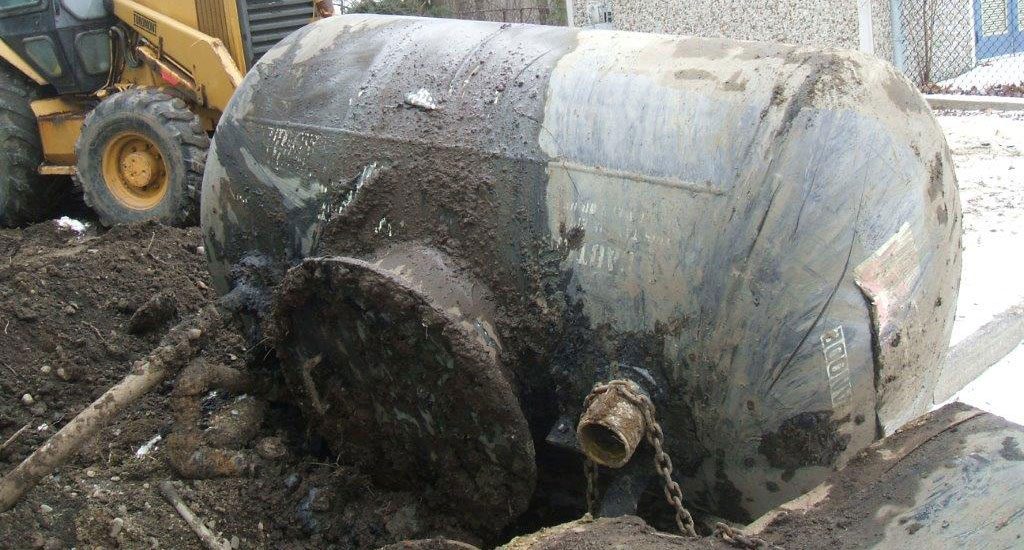
Residential underground oil tanks can be risky – especially if one is leaking on your property and you’re unaware of it.
Not sure how to know if your home may have an underground oil tank beneath the surface? In this article, we’ll explain some signs you should look out for and what you will need to do if you suspect an oil tank exists.
1. Fill Valves
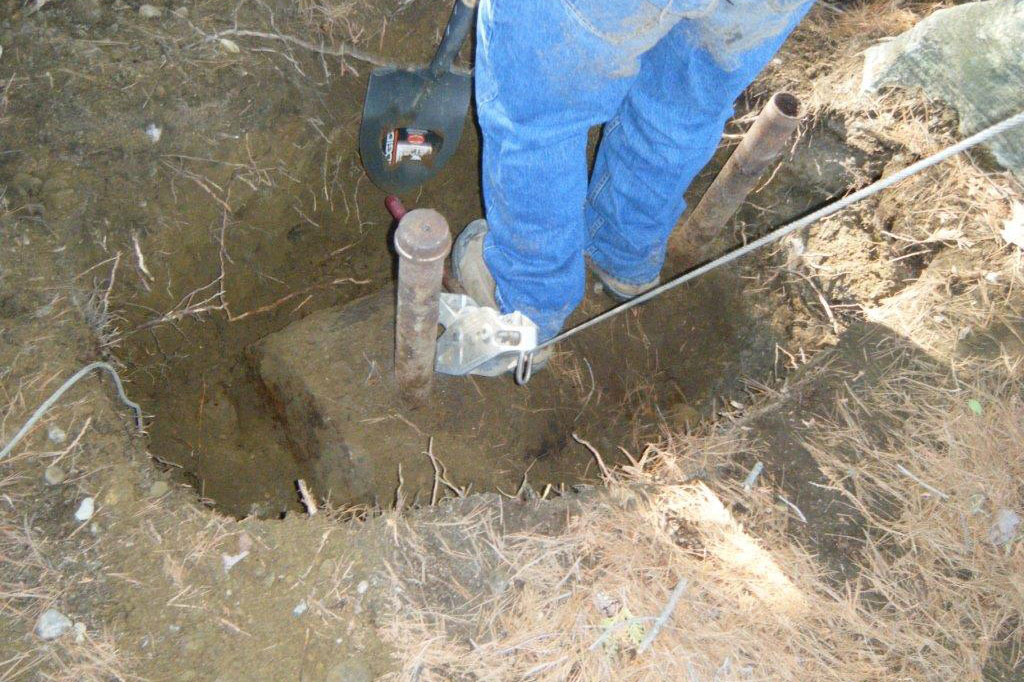
As a home or property owner, you’ll want to look for fill valves in your yard or in your home. Fill valves were once used as the access point for underground oil tanks to be filled. Therefore, if you find a fill valve, you likely have a tank just below you. If you find a valve near your gas meter, you can also be sure you have an abandoned oil tank underground.
Outdoor Fill Valves
Head outside and take a look within a ten to twelve foot radius of your home. What you’re looking for is something called a “fill valve.” If present, a fill valve will typically be located just a few inches above the ground in your lawn or garden. However, in some cases, your fill valve may be flush with the ground or covered with snow or leaves – making it harder to detect.
What if the oil tank was already removed?
In most cases, if an oil tank had been removed from your property in the past, the fill valve would have been removed too.
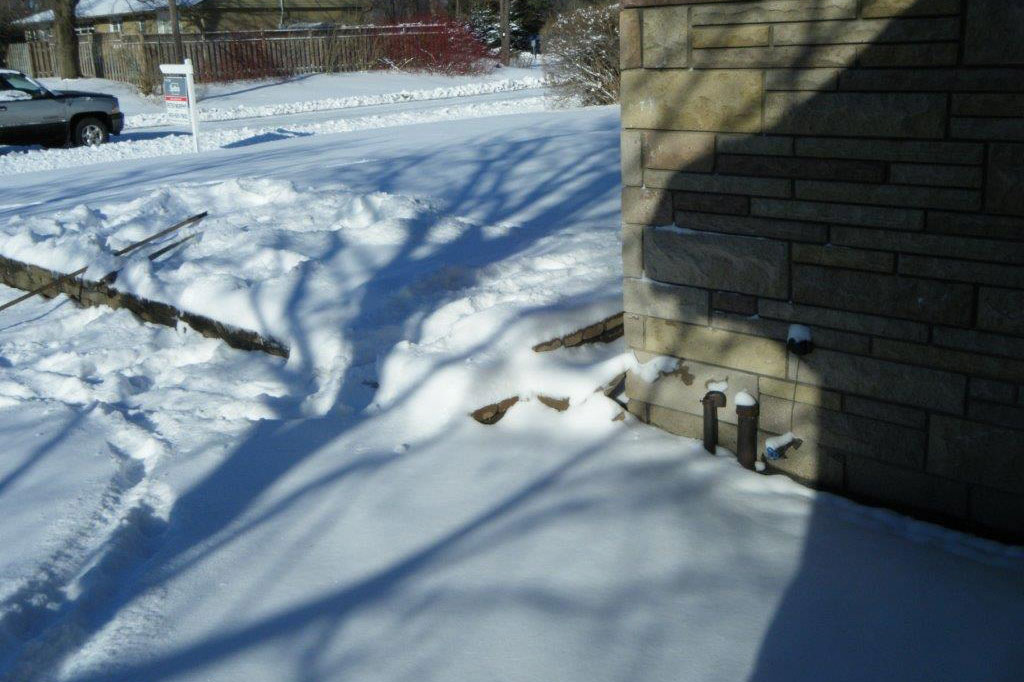
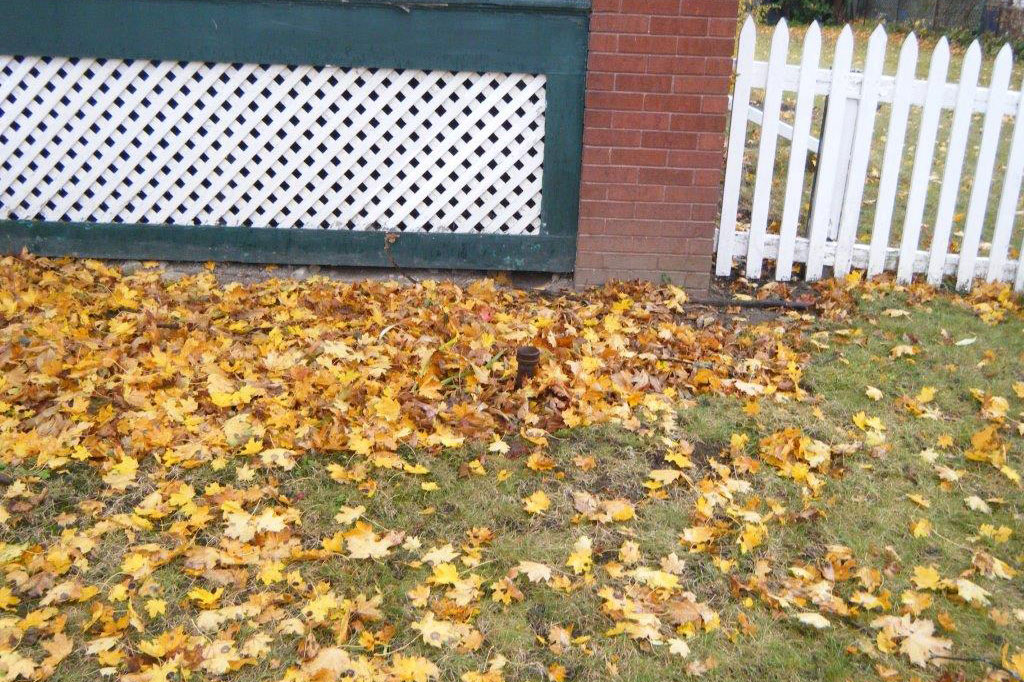
Indoor Fill Valves
If you notice a vent or fill valve coming out of the ground in your home, odds are you have an underground tank that will need to be removed. Please see the following photo for reference.
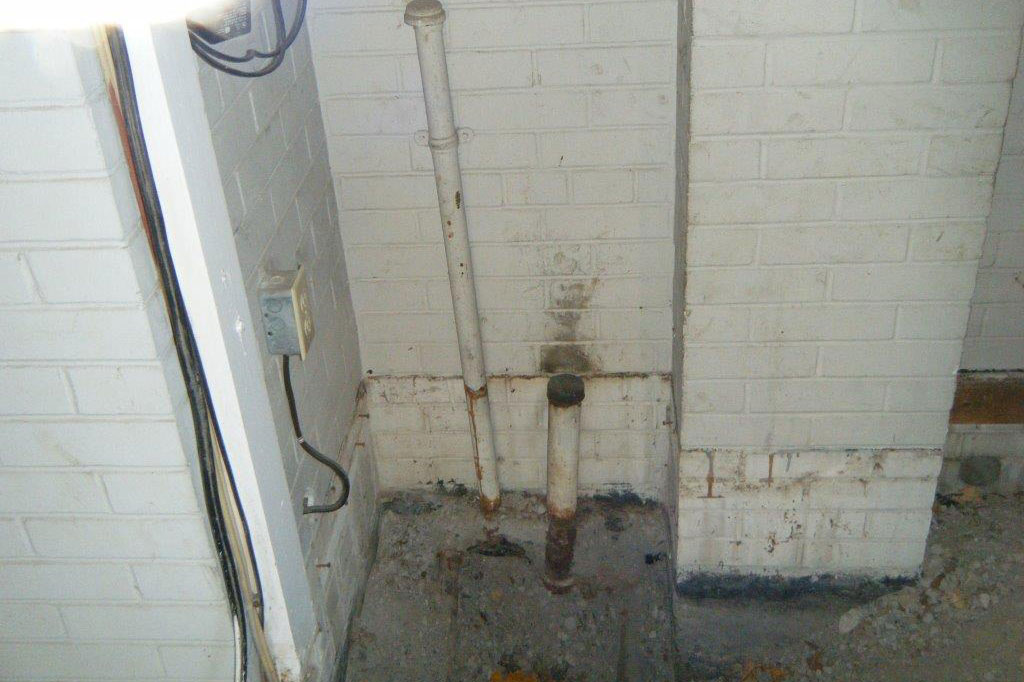
2. Outdoor Vent Pipe
While outside your home, be sure to also check for vent pipes. A vent pipe will likely be visible about six to twelve inches above the ground. Approximately two inches wide, this pipe will be identifiable by the cap on its top.
Vent pipes were once used to provide ventilation for underground oil tanks, as oil was transferred to heat your home. If you notice one of these vent pipes, it is critical that you have the oil tank and vent pipe removed as soon as possible.
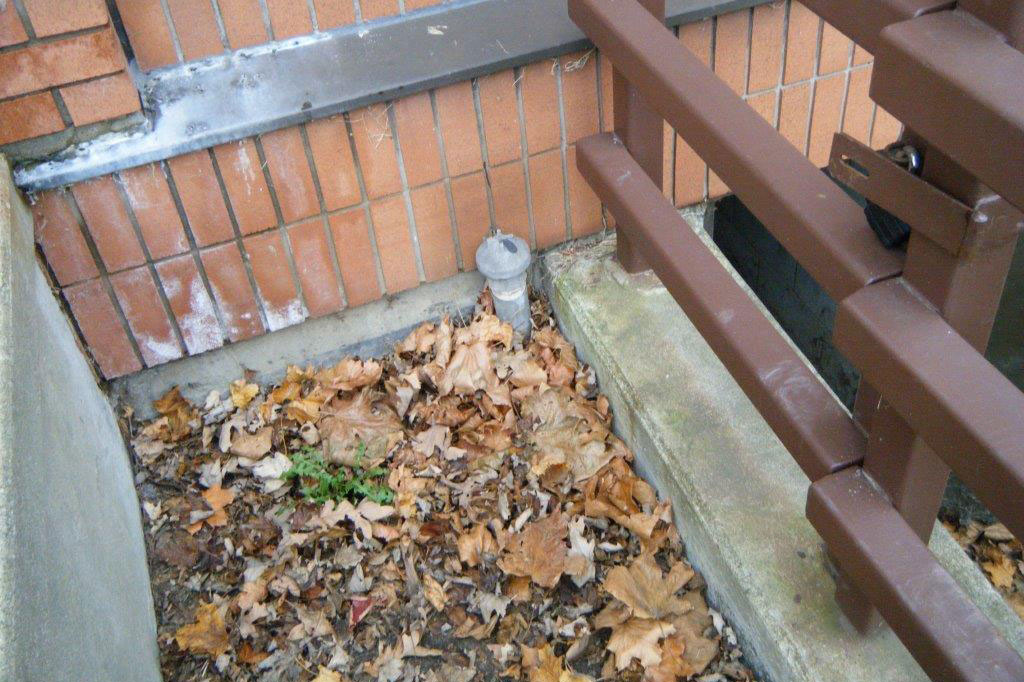
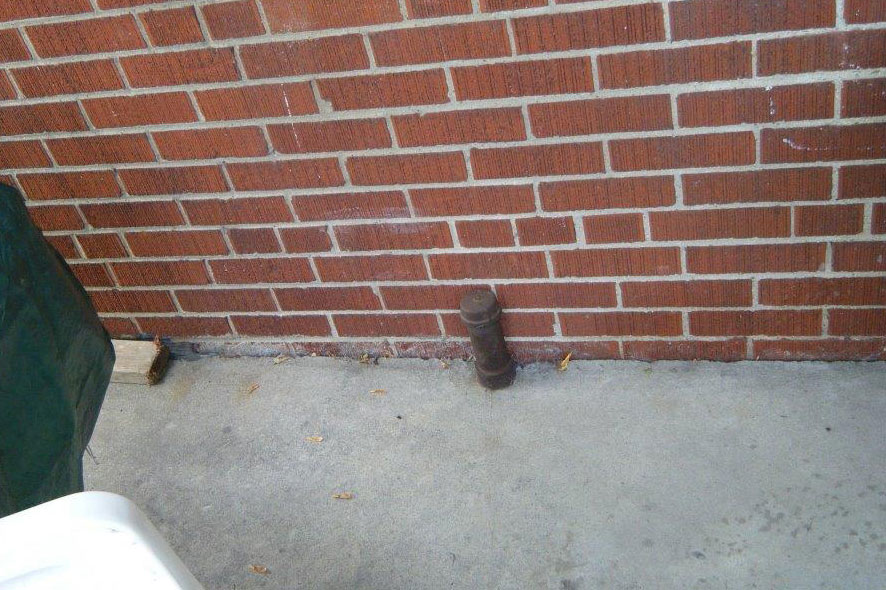
Indoor Vent Pipe
If you notice a vent or fill valve coming out of the floor in your home, contact the professionals at Waterline Environmental
3. Indoor Copper Pipes
First, locate the furnace inside your home. Do you notice any small copper pipes that appear to have been pinched closed? If so, your home likely used to be heated with an oil tank. This is a clear sign that an inspection is needed to discover an underground oil tank that may be leaking on your property.
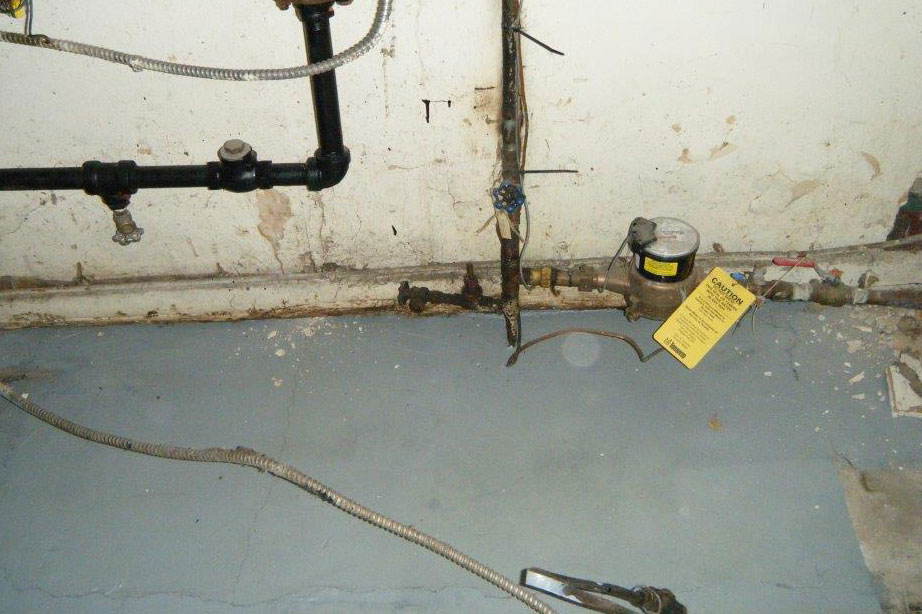
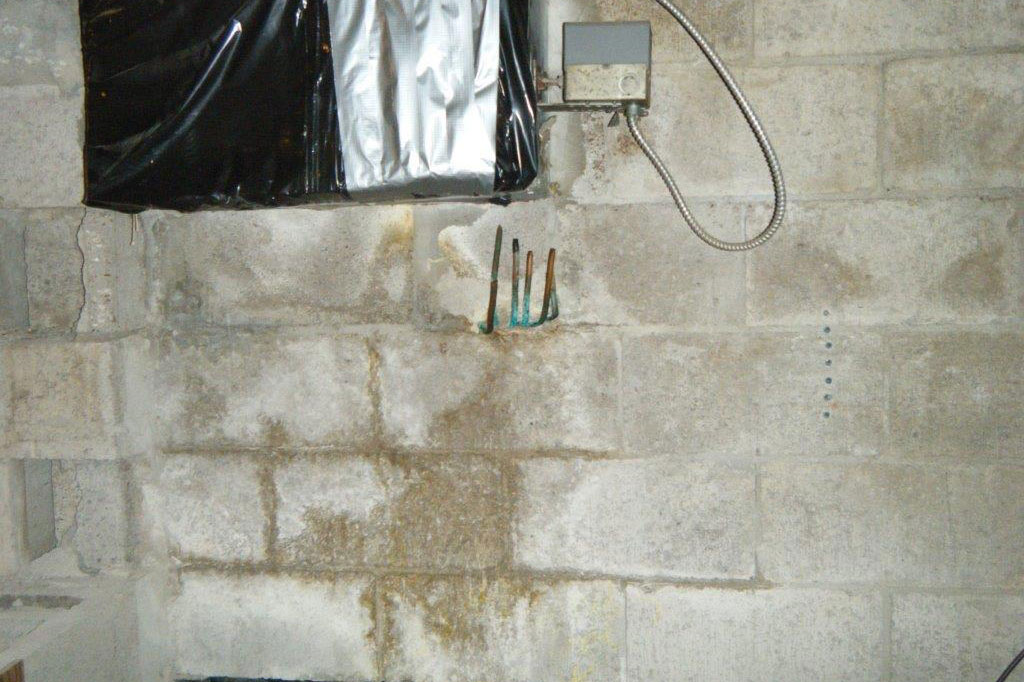
Examples of Residential Oil Tank Signs
See the two- inch caped pipe which protrudes above ground in these photos? This a 100 % guarantee that an underground tank is there.
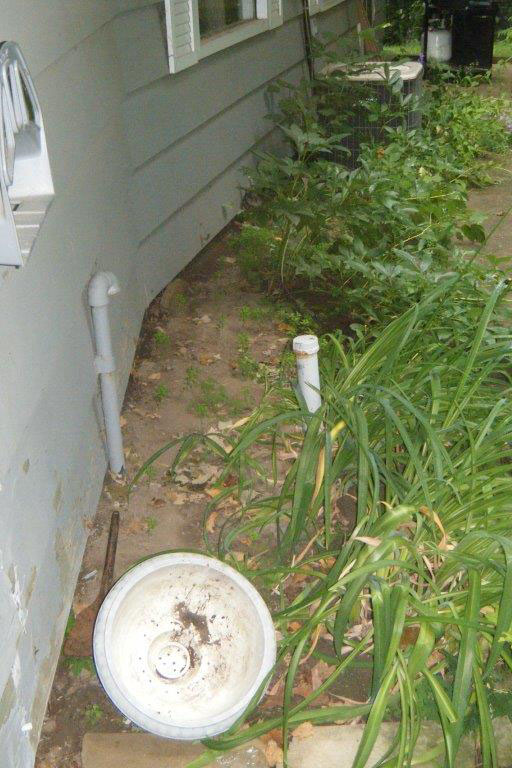
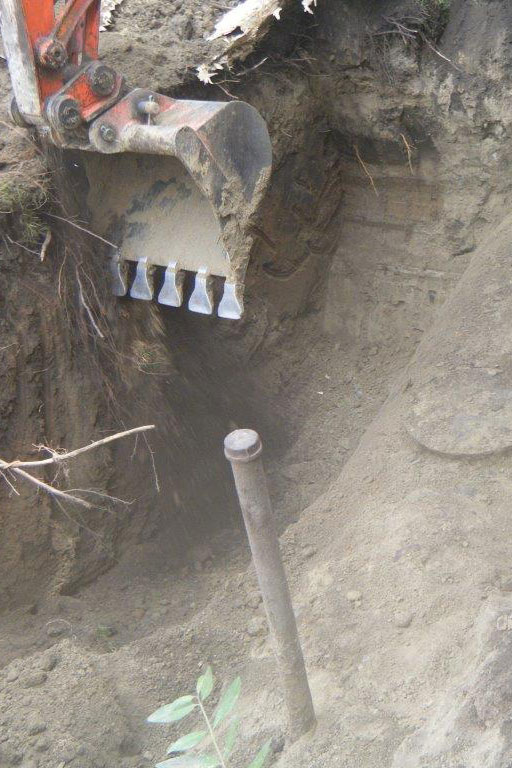
What About Above Ground Oil Tanks?
Great question! Above ground liquid storage tanks need to be inspected and potentially removed due to leaks and other potential risks as well.
Please see the below photos for your reference on what to look for when it comes to detecting an above ground tank. If you have any questions, do not hesitate to contact us today at 905-876-8298.
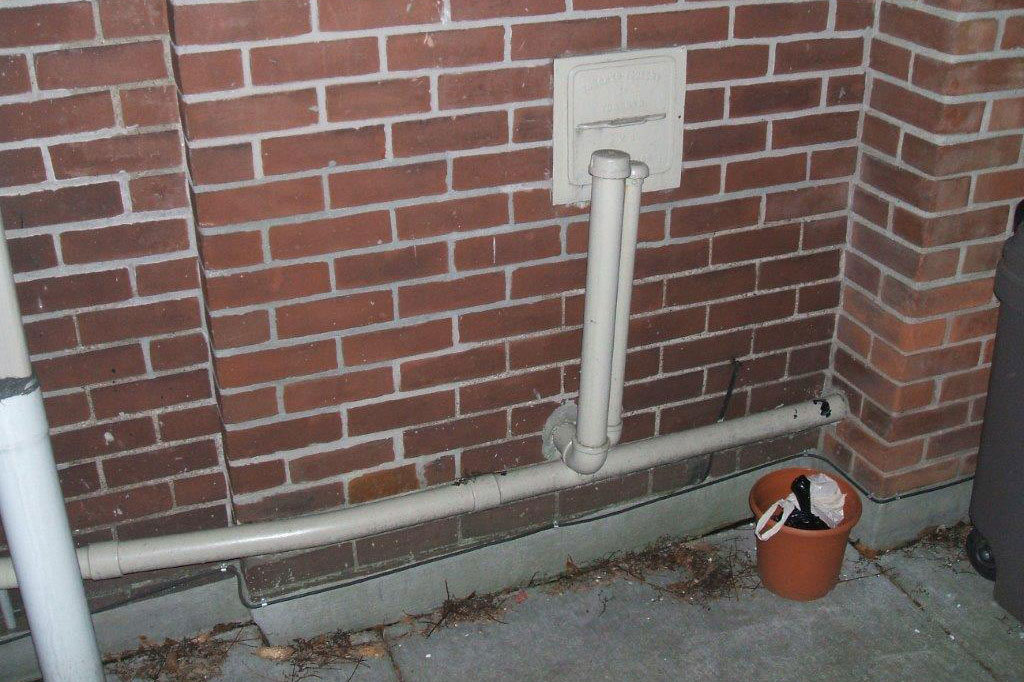
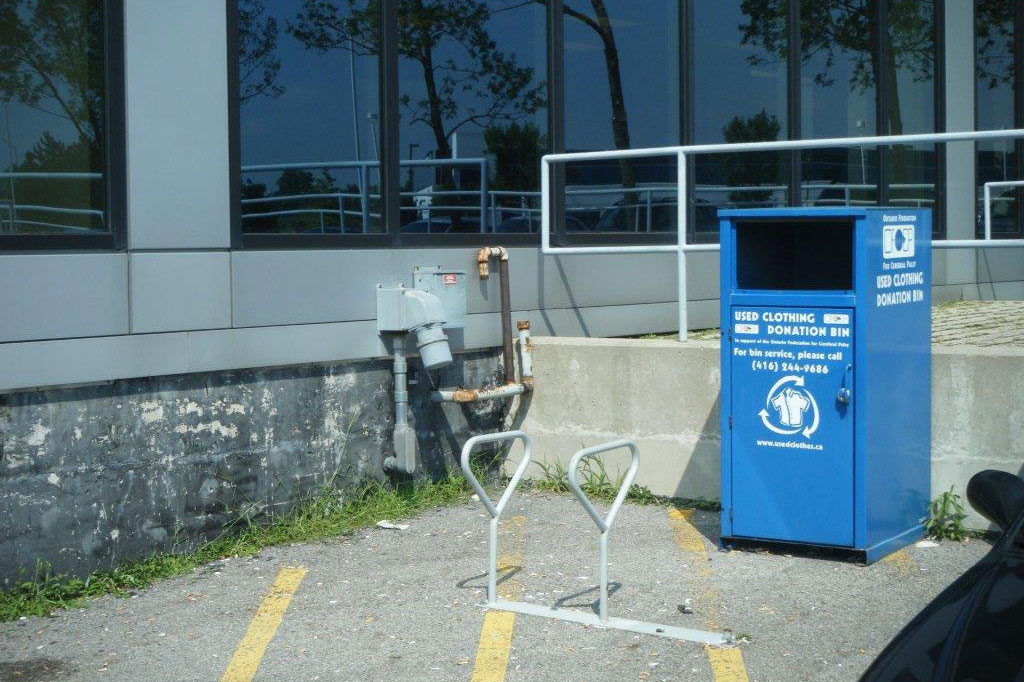
Contact Waterline Environmental Today
Waterline Environmental Inc. is a Canadian owned and operated commercial and residential oil tank removal company that believes wholeheartedly in increasing safety and preserving the environment.
Our oil tank removals, foundation underpinning, soil remediation, and other contamination removal services go above and beyond to make your difficult oil tank removal situation as stress-free as possible.
President: Stu Ferguson
Email: waterline1943@gmail.com
Direct: 905-876-8298
Office: 855-333-6604